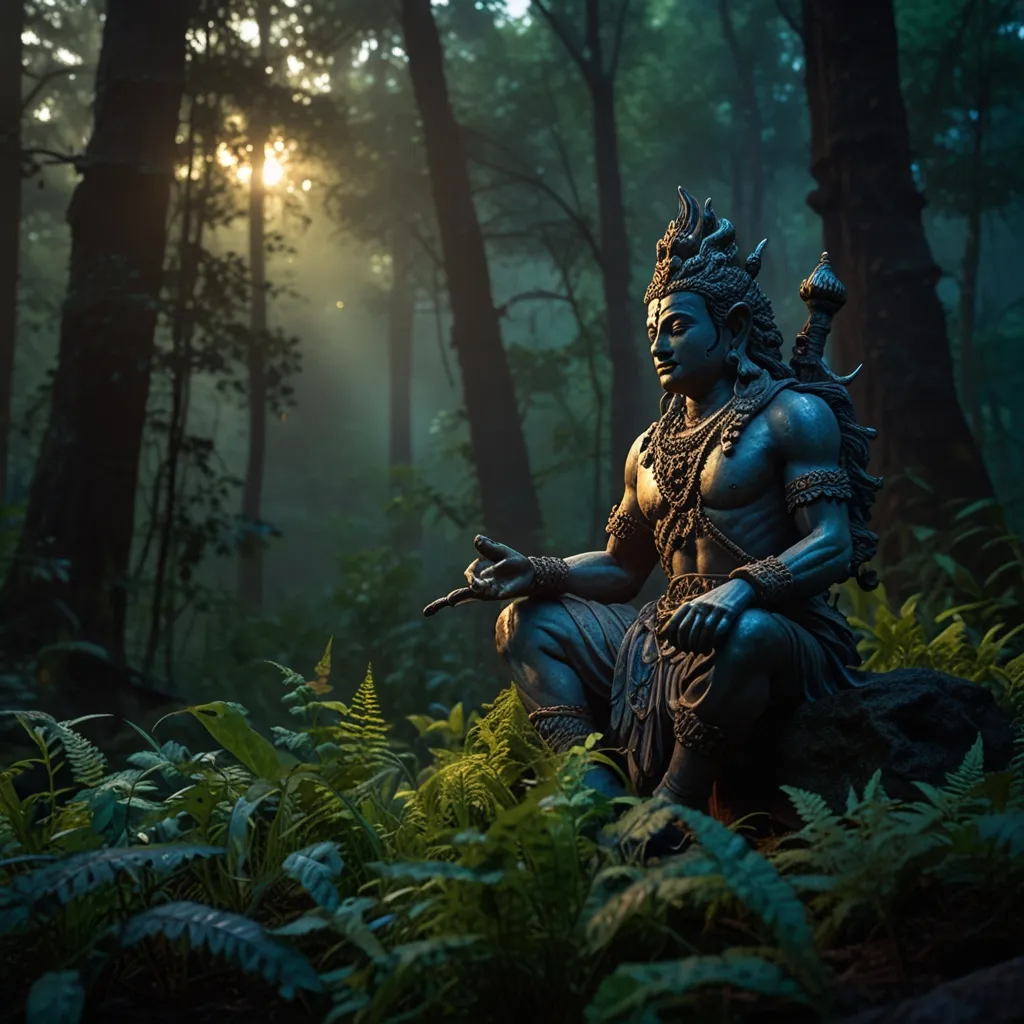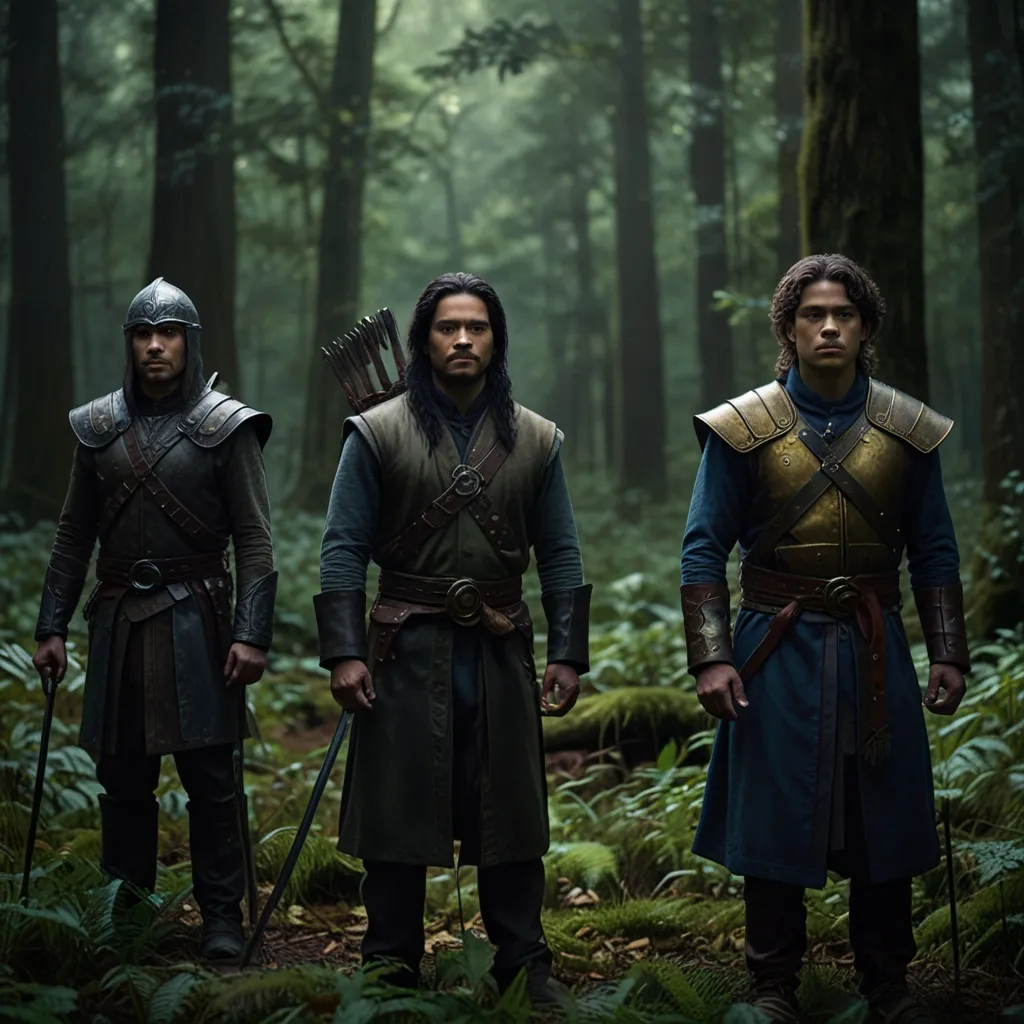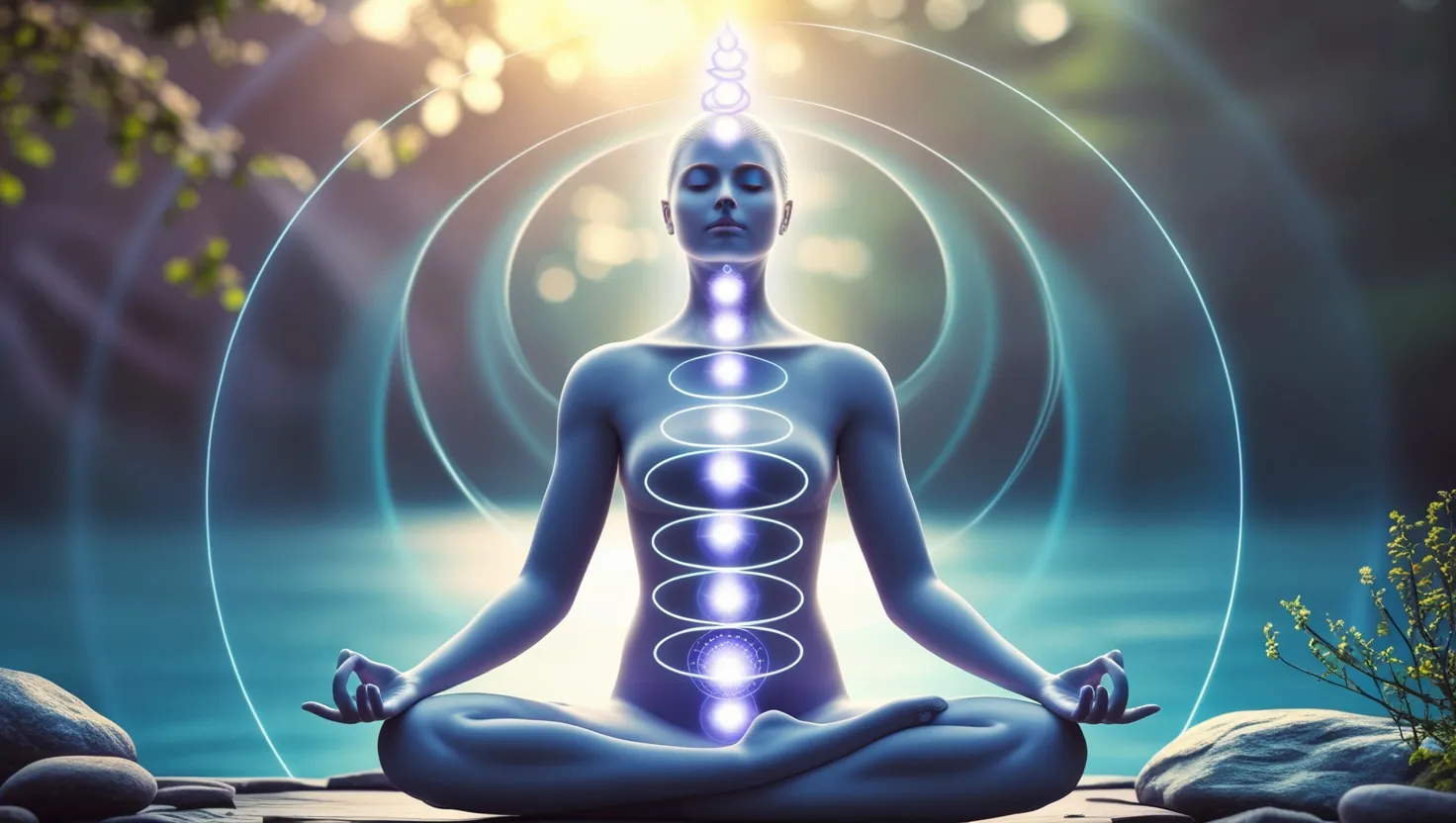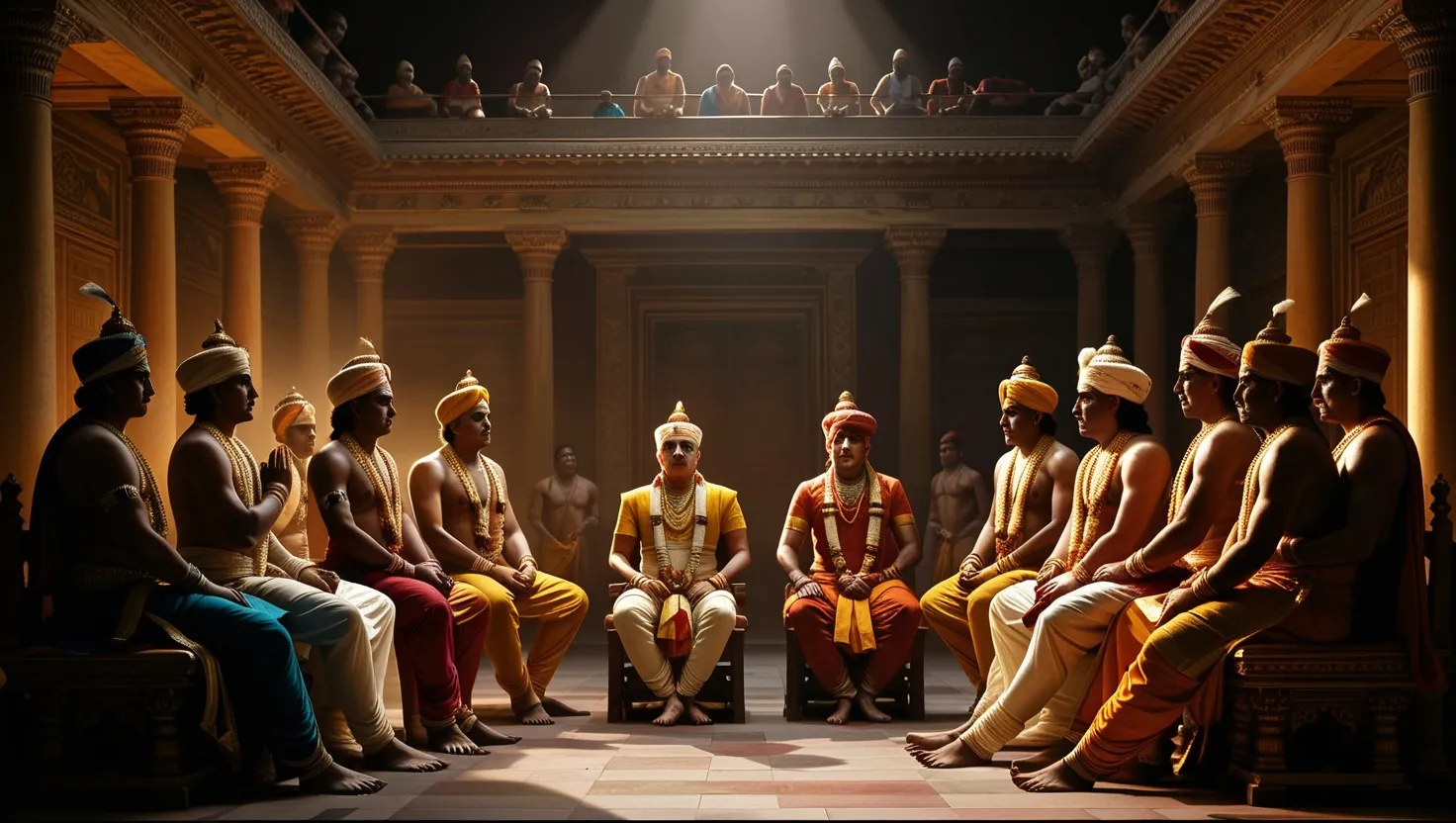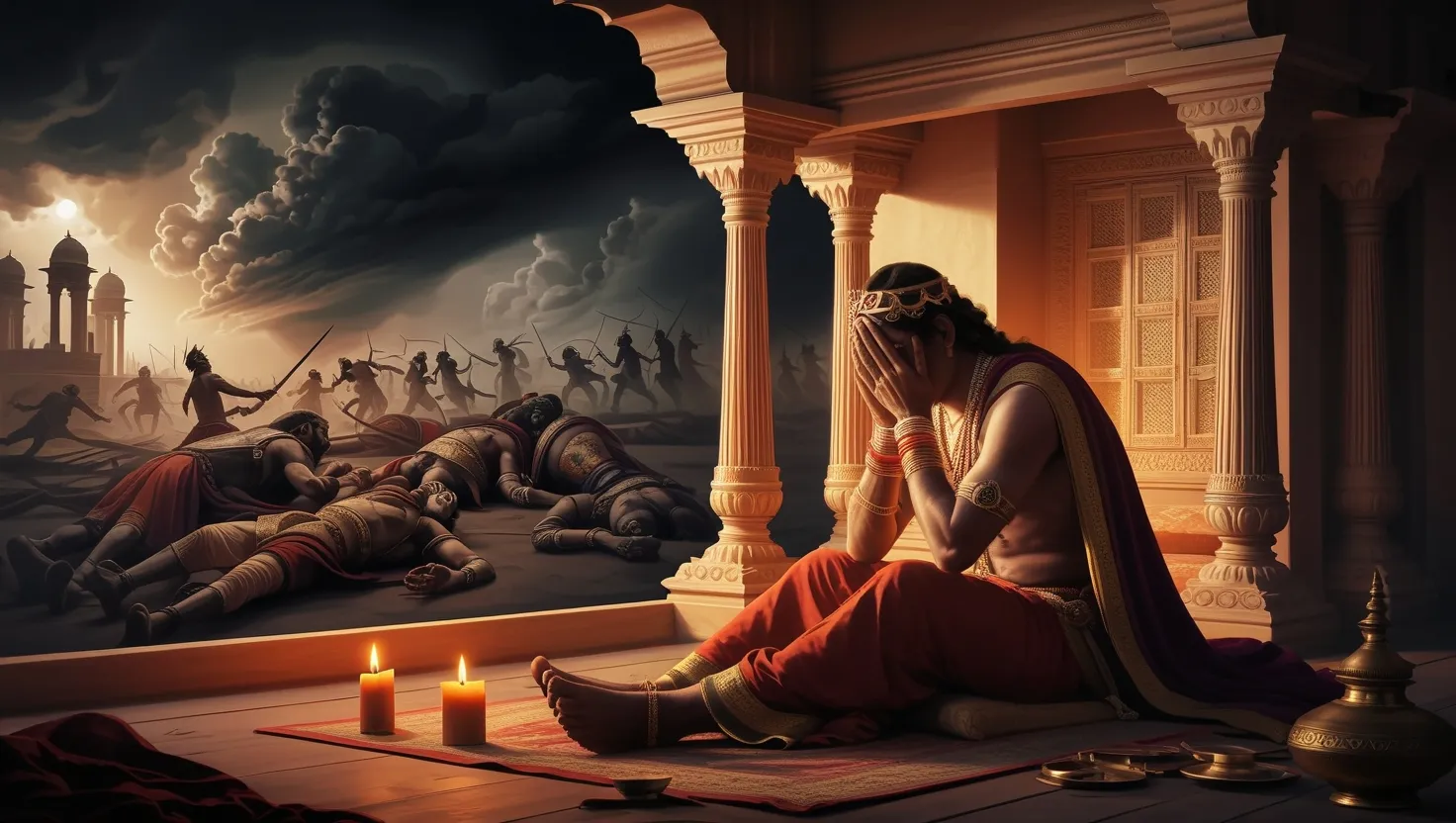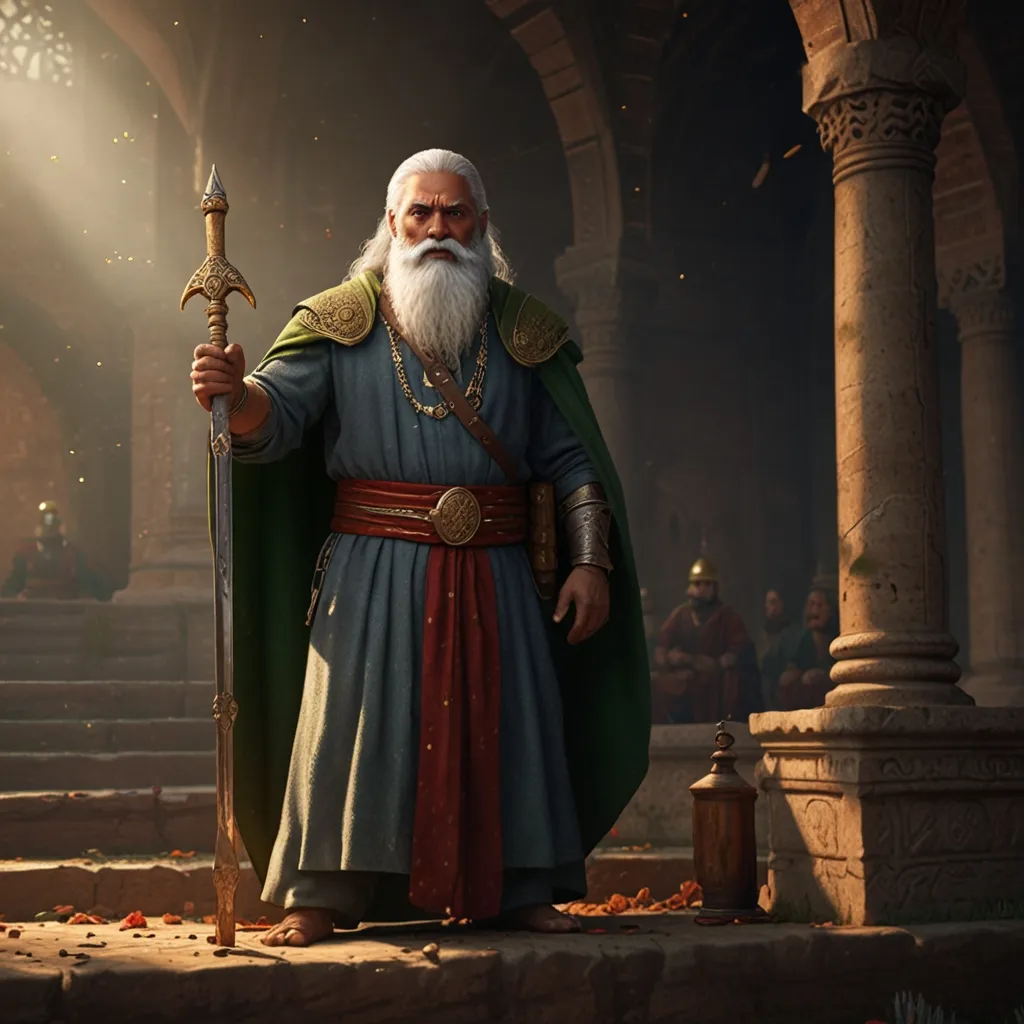Bhima, the powerhouse warrior of the Pandavas, went through a terrifying assassination attempt that almost snatched his life away. This nearly fatal event, while dangerous, paved the way for his epic comeback, stronger and more resilient than ever. His story of survival is a testament to the undying spirit of the Pandavas and the enigmatic powers of the Nagas.
Amidst a stormy phase of his life, Bhima stumbled into a life-threatening trap. His foes, hell-bent on taking him out, planned a vicious attack. It was sudden and brutal, taking Bhima completely by surprise. Despite his immense strength, he was seriously injured and teetered on the edge of death.
In an almost miraculous twist of fate, Bhima’s life was saved by the Nagas, the mystical serpent beings renowned for their ancient healing prowess. These serpentine saviors took him under their protective wing, using their profound understanding of old-world medicine to mend his injuries and rejuvenate his spirit.
Recovering from this ordeal wasn’t a walk in the park. It demanded patience and determination. Bhima, famed for his unyielding grit, faced this hurdle with the same bravery he showcased on countless battlefields. The Nagas, with their relentless care, ensured that Bhima got the best treatment. They used powerful herbs and performed sacred rituals, speeding up his recovery.
Days morphed into weeks, and slowly but surely, Bhima started to bounce back. His wounds began to close, and his strength gradually returned. The Nagas didn’t just nurse his body; they nourished his soul, teaching him about the balance of nature and the essence of internal harmony.
This healing journey transformed Bhima, both physically and spiritually. He started to see the interconnected webs that bind all living beings and understand the fragile balance that sustains the world. This enlightenment deepened his bond with the universe, fortifying his inner strength.
By the time Bhima was ready to rejoin his comrades, he was a changed man. The attack had not broken him; it had forged him anew, stronger in body and mind. The wisdom and healing of the Nagas had instilled in him a profound purpose and an unwavering resilience.
His return was a triumphant moment for his brothers and allies, who had been plagued with worry during his absence. Seeing Bhima back on his feet was a beacon of hope, a reminder that no matter how dark the times, there’s always a chance for revival and renewal.
Bhima’s tale of survival isn’t just a heroic saga; it’s a powerful lesson about the human spirit’s ability to triumph over adversities. It underscores the importance of seeking help when needed and the wisdom that can be gained from others. Bhima’s transformative journey with the Nagas did more than save his life; it enriched his soul.
Emerging from his ordeal, Bhima carried a newfound appreciation for life and a deeper understanding of the world. His recovery was a living testimony to the relentless power of hope and the imperishable bonds of brotherhood and friendship. Bhima’s story continues to inspire, reminding us all that even in the face of overwhelming adversity, there’s always a path to recovery and newfound strength.
